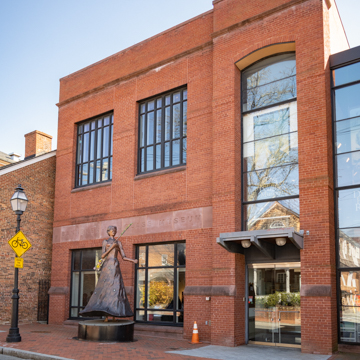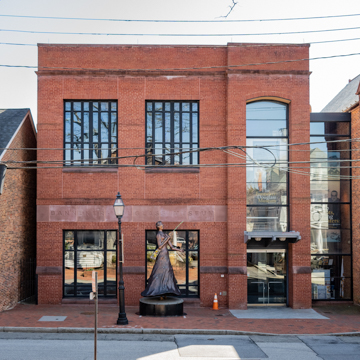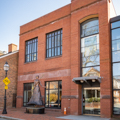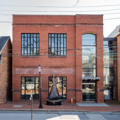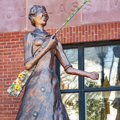The African American congregation of Mount Moriah Church built this two-story brick sanctuary in 1876 less than a block from Church Circle to replace an earlier meetinghouse. This congregation had its roots in Annapolis’s first African Methodist Episcopal (AME) church from the 1790s. With a modern new church, Mount Moriah could continue to be an important center of Black life in Annapolis. The gable-front form of the new building featured an auditorium-plan worship space on the second floor and offices and meeting rooms on the ground floor.
Much of the current appearance of the church is from an extensive Gothic Revival remodeling completed in 1897 to repair damage from a windstorm. In 1970 when the congregation moved to a new larger facility, Anne Arundel County acquired the church and planned to demolish it for expansion of the county courthouse. A preservation outcry ensued until a 1974 court injunction prevented demolition. The building was leased to the Maryland Commission on African American History and Culture and opened as the Banneker-Douglass Museum in 1984 with the historic sanctuary restored and a new two-and-a-half-story annex. Named for famed Maryland residents scientist Benjamin Banneker and abolitionist Frederick Douglass, it was the first museum of its kind in the state.


















